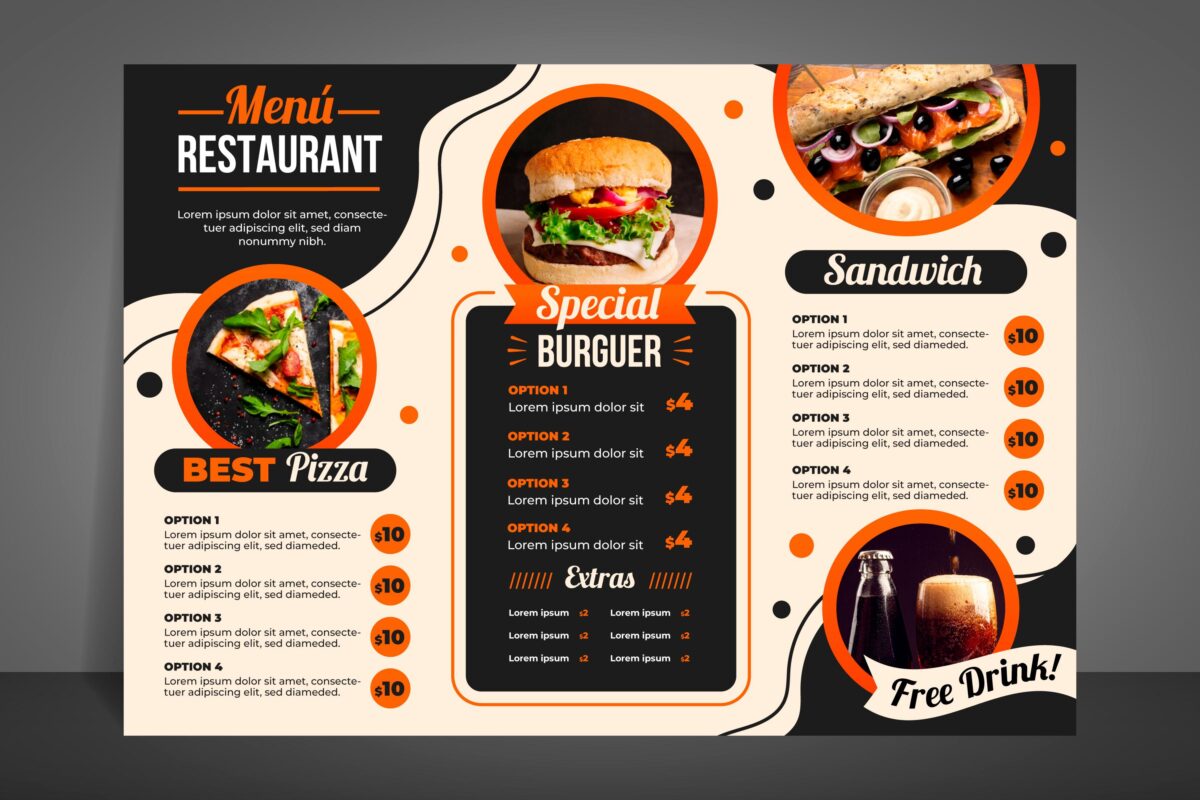What Impact Will Augmented Reality Technology Have on Healthcare in the Future?
sThe first things that generally spring to mind when you hear about technologies like virtual reality (VR) and augmented reality (AR) are undoubtedly video games and entertainment, especially those that create a very accurate simulation of the real world (or an imagined one). Though VR and AR are undoubtedly changing the entertainment sector, they also have important applications in a wide range of other (and perhaps unexpected) industries, such as healthcare.
Numerous businesses are beginning to redefine what is feasible in terms of patient education, accessible remedies, and medical care by utilizing both VR and AR. The tools and methods used in healthcare today would have seemed like something out of a science fiction book only a few decades ago. Furthermore, they have the power to alter our perceptions of our health as well as the ways in which we receive care.
What Is Technology for Augmented Reality?
With AR technology, virtual or computer-generated 3D graphics are combines with the actual world to create interactive experiences that appeal to our senses. To create a more engaging experience, the created images can be used to augment aural, visual, olfactory, and other senses in the real environment. Stated differently, 3D graphics are used to provide computer-generated images, films, and information placed on top of the actual world. Three main components are included in AR systems, which can be found separately or in combination in AR programs.
The first is merging the virtual and physical realms. For instance, some furniture retailers use augmented reality (AR) to allow buyers to virtually view furniture in their homes and verify measurements before making a purchase. Real-time engagement comes in second. With the use of this technology, several museums are now enabling their patrons to digitally interact with exhibits, such as dinosaurs, using electronic devices. The final component is the extremely accurate 3D alignment of real and computer-generated objects. This refers to how the graphics are displayed such that they appear to blend in perfectly with the image of the actual world that is displayed alongside the pictures.
There are various methods in which an AR system’s virtual AR data that is superimposed on the real-world view functions. It may be constructive in the sense that it enhances the existing elements of the room. Additionally, it has the potential to be destructive, meaning that by hiding some objects, it conceals what is actually there. Effective augmented reality (AR) software smoothly merges the virtual and physical worlds, regardless of how the superimposed images change an area. It’s an immersive experience, and we see the virtual aspects as a part of our natural surroundings.
Usually, digital gadgets like PCs, tablets, and smartphones are used for augmented reality. These gadgets are equipped with sensors, digital projectors, and software that causes the virtual display to overlay the real environment in front of us. The merged digital and physical aspects are then visible on the screens of the devices.
What Distinctions Do AR and Virtual Reality Have?
While VR and AR are distinct technological fields, they share certain similarities. Although augmented reality (AR) blends virtual aspects with the physical environment to provide a partially immersive experience, virtual reality (VR) aims to create an entirely digital immersive experience. This calls for a unique headset. The completely immersive experience starts the moment you put it on. A person using a virtual reality headset should only be experiencing what is happening inside the headset.
VR is frequently utilize in video games. Wearing a headset, players interact with a virtual world through the use of gadgets like as hand controllers and gloves with sensors. But there are also a ton of other uses for virtual reality. For instance, FundamentalVR provides surgeons with virtual reality training in the healthcare industry. They may practice surgeries and various techniques using this type of VR without having to operate on actual patients. This is a VR experience with haptic and tactile feedback. This indicates that VR systems provide practicing surgeons with tactile sensations in addition to auditory and visual ones. This offers an experience that is far more realistic.
As technology stands today, augmented reality (AR) has more uses in more industries than virtual reality (VR). It makes greater sense in a larger range of contexts, especially in the healthcare industry.
Locate health insurance in your community.
What Applications Does Augmented Reality Have in the Medical Field?
Businesses are already beginning to investigate the wide range of intriguing potential applications of augmented reality in healthcare. Furthermore, enormous technological growth is anticipate in the upcoming years.
Surgical planning is one of the most beneficial applications of AR in healthcare that experts are beginning to use. Surgeons have been doing effective surgeries for a long time, but it is always preferable to have extra assurance. By enabling clearer imaging of a patient’s internal organs during a procedure, for example, AR for surgical planning could help surgeons avoid the unpleasant surprises that occasionally arise during surgeries. Furthermore, patients can be better informes about what to expect during surgery by using augmente reality pictures prior to the procedure. They might therefore feel less anxious and more at ease throughout the process.
Additionally, AR can mimic specific medical diseases. This has the potential to enhance patient care and improve the health of the patient after therapy. AR, for instance, can give nurses a map of the patient’s body to help them find veins more precisely while drawing blood or putting in an IV. Additionally, this technology can reconstruct tumors in three dimensions, saving patients from additional radiation exposure while watching X-rays in real time.
There is enormous potential for AR to be helpful in medical education as well. Instead of using anatomy apps, medical students can use augmented reality (AR) to better prepare themselves before they start working in healthcare. Internal anatomical views of the body and the ability to interact with those views in a way that is far more useful than reading textbook diagrams could be examples of AR medical school tools. Because practical experience is so much more interesting, it has the ability to reinforce learning.
These are but a handful of the numerous applications for AR in medicine that exist. Augmented reality (AR) has the power to dramatically change the healthcare industry, improving patient and provider comfort and safety.
AR Companies See Bright Futures in Healthcare
With AR holding so much promise for the medical industry, a number of businesses have already started offering the revolutionary concepts and initiatives required to advance healthcare. A quick glance at a handful of them illustrates the potential benefits of this technology.
The U.S. government has given the Chicago-based business Augmedics permission to sell their realistic surgery guidance system headset. This tool, called xvision, builds a three-dimensional model of an individual’s anatomy. These images give the impression that the physician can see through the patient’s skin. 98.9% accuracy rate was achieve by the technique when tested by surgeons.
SentiAR, a St. Louis-based company, has introduced holographic patient anatomy visualizations to the healthcare sector. During various treatments, it seems as though a clear image of their anatomy is floating directly over the patient. Physicians can watch an interactive, 360-degree, real-time view of their actions when using SentiAR. This makes less invasive surgery possible, which may improve patient outcomes and shorten recovery periods.
AR has the potential to completely change healthcare by revolutionizing surgical procedures, enhancing the ability of healthcare personnel to treat patients, and possibly even advancing other technologies that are currently in development. It appears that the future is both bright and virtual.








